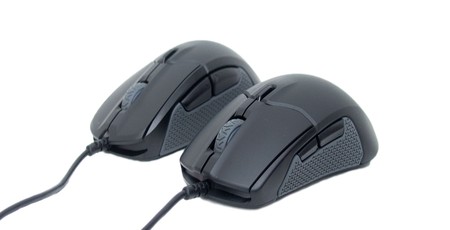
Manufacturer: SteelSeries
Rival 310 UK price (as reviewed): £59.99 (inc. VAT)
Sensei 310 UK price (as reviewed): £59.99 (inc. VAT)
Rival 310 US price (as reviewed): $59.99 (exc. tax)
Sensei 310 US price (as reviewed): $59.99 (exc. tax)
SteelSeries is a company that seems to be doing very well at the moment in terms of its peripherals. Last month we took a look at the Apex M750 keyboard and it managed to pick up our Recommended award, and before that the Arctis 7 headset took our Exceptional award. We haven't had any SteelSeries mice pass through the office for a while, though, so it will be interesting to see if they hold up as well as the other products.
Today, we have both the SteelSeries Rival 310 and Sensei 310 gaming mice to put to the test.
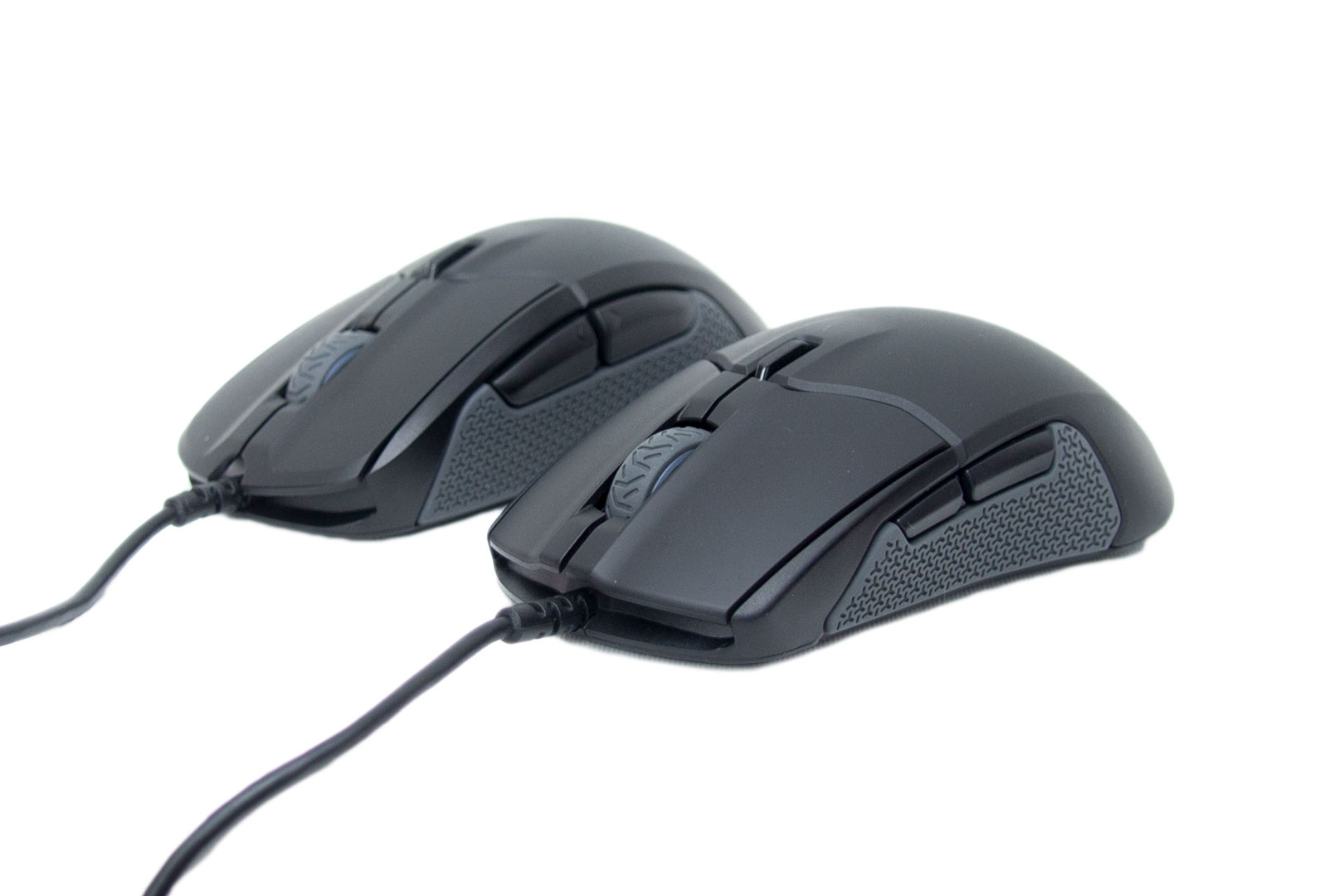
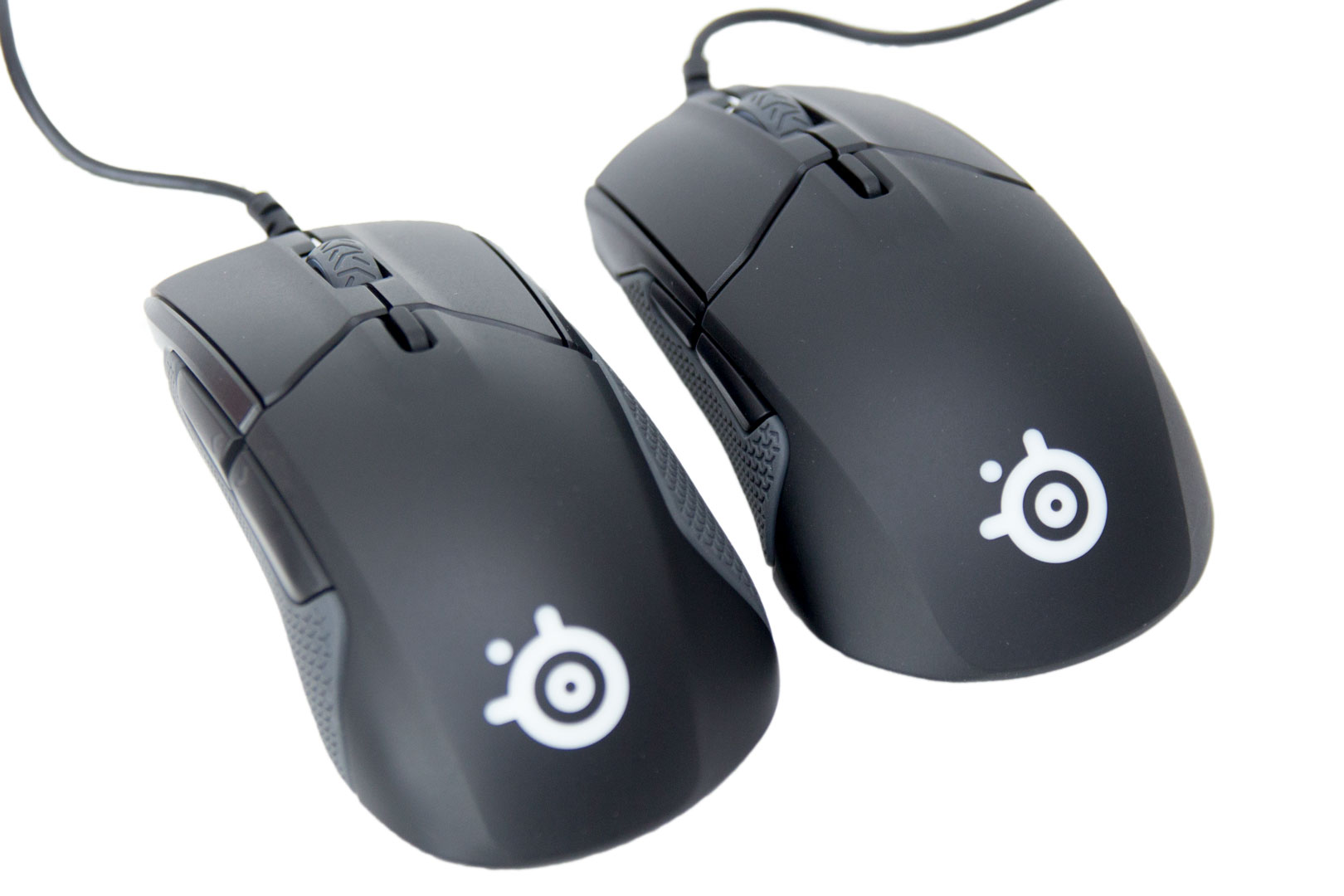
There isn't a huge amount in the boxes for either 310 variant, just the mouse and a user guide. We first put the mice side by side to see what differences there were. As you have no doubt noticed, they are very similar indeed. In fact, the only difference is the shape and number of buttons. The tech inside is exactly the same, as is the software.

The differences in the shape are rather subtle but make a huge difference. The Sensei 310 is ambidextrous, while the Rival 310 is specifically shaped for right-handed use. The Sensei 310 has eight buttons compared to the six that are featured on the Rival, and the Rival is slightly higher and has a more bulbous feel to it. I personally preferred the shape of the Sensei, as it fit my hands better.
Sensei 310 Hardware
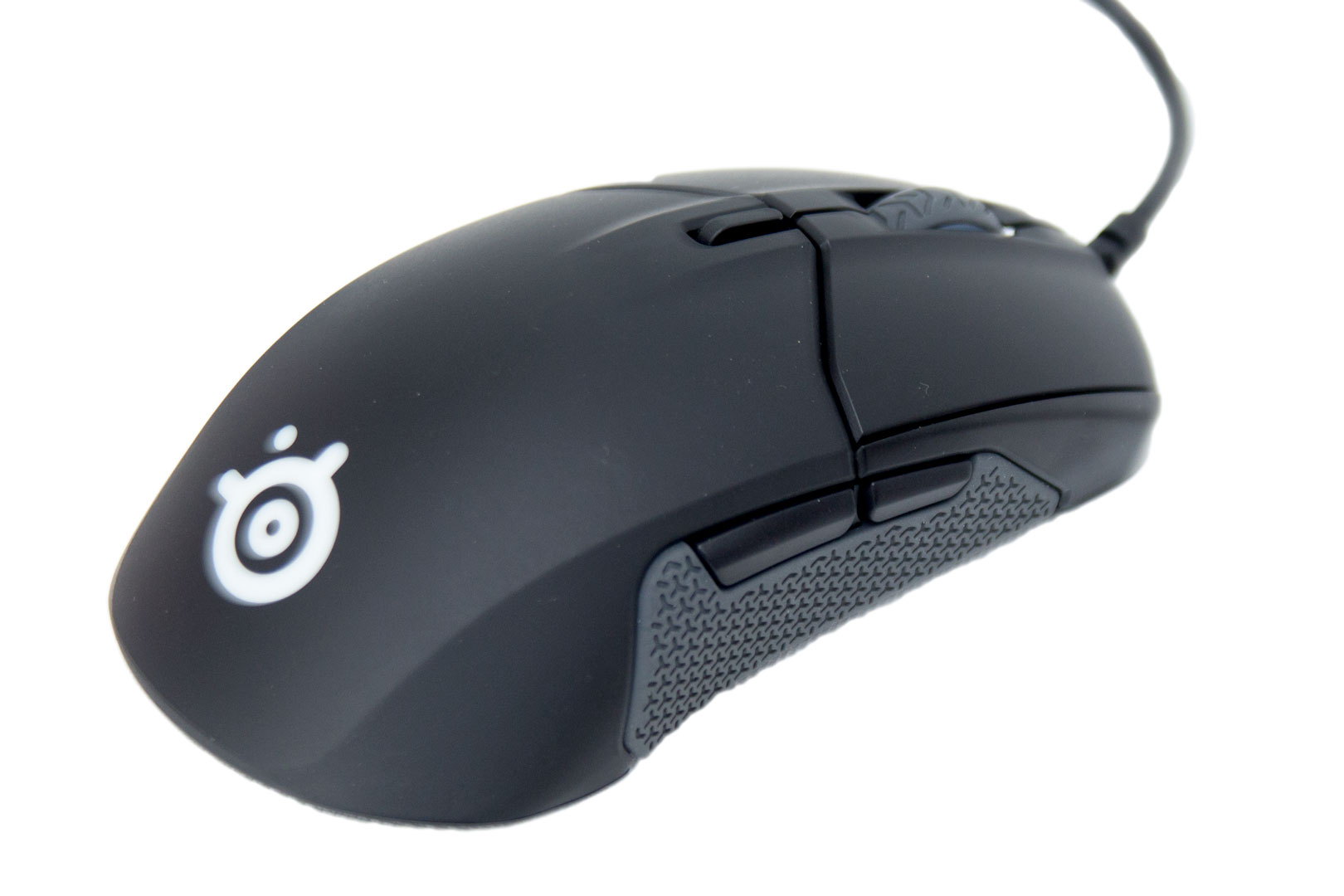
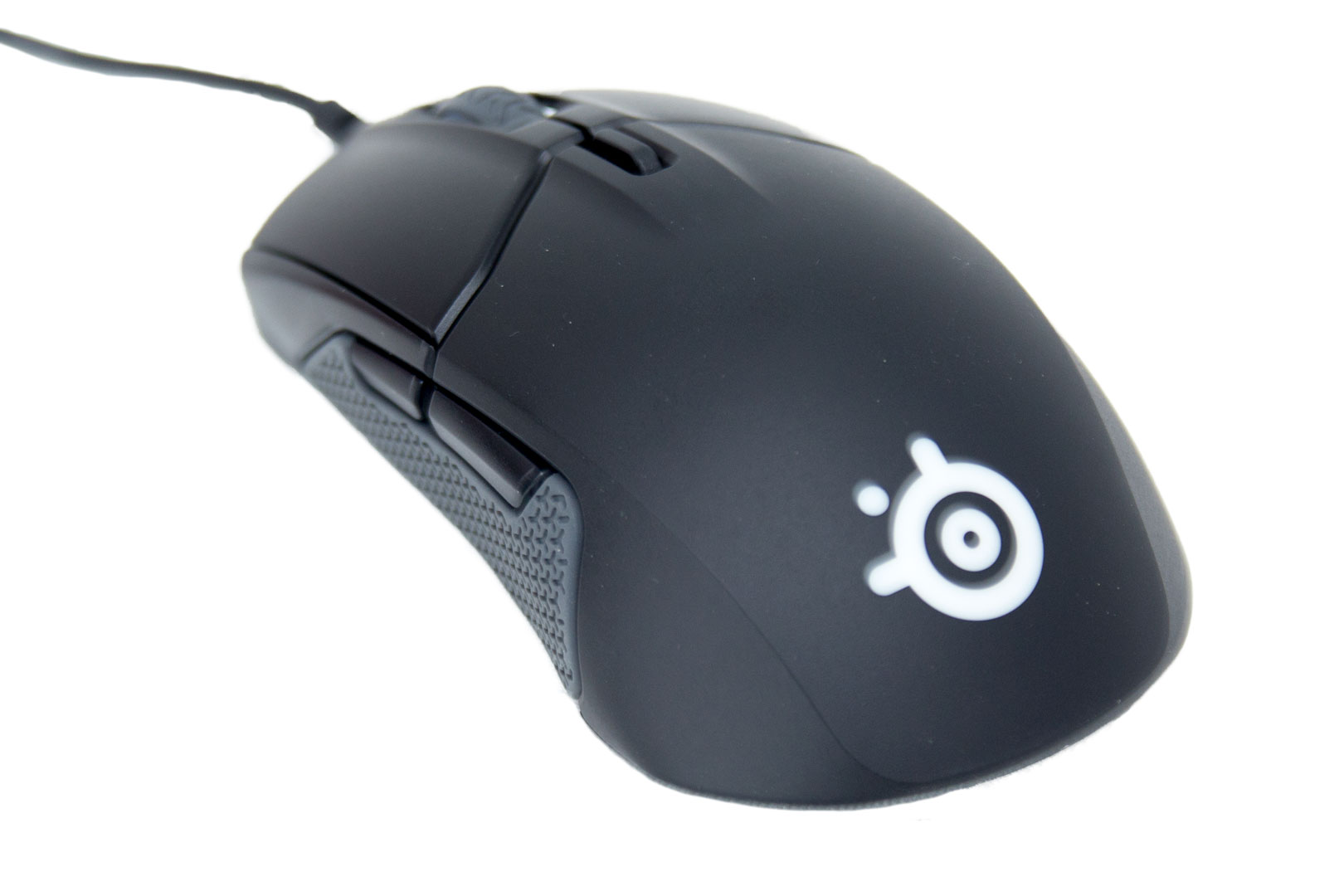
First, let's take a closer look at the Sensei 310. Most people will have heard of the Sensei, as it tends to held in high regard. It's simple, it's ambidextrous, and gamers all over the world have been using it for years. With the 310, SteelSeries has updated the design a little and given it a new lease of life. It features two buttons on either side of the mouse to ensure left-handed users get the same thumb buttons as right-handed users. The grips on both sides have been updated to pure silicone, hopefully stopping the peeling issue that some SteelSeries mice have had in the past.
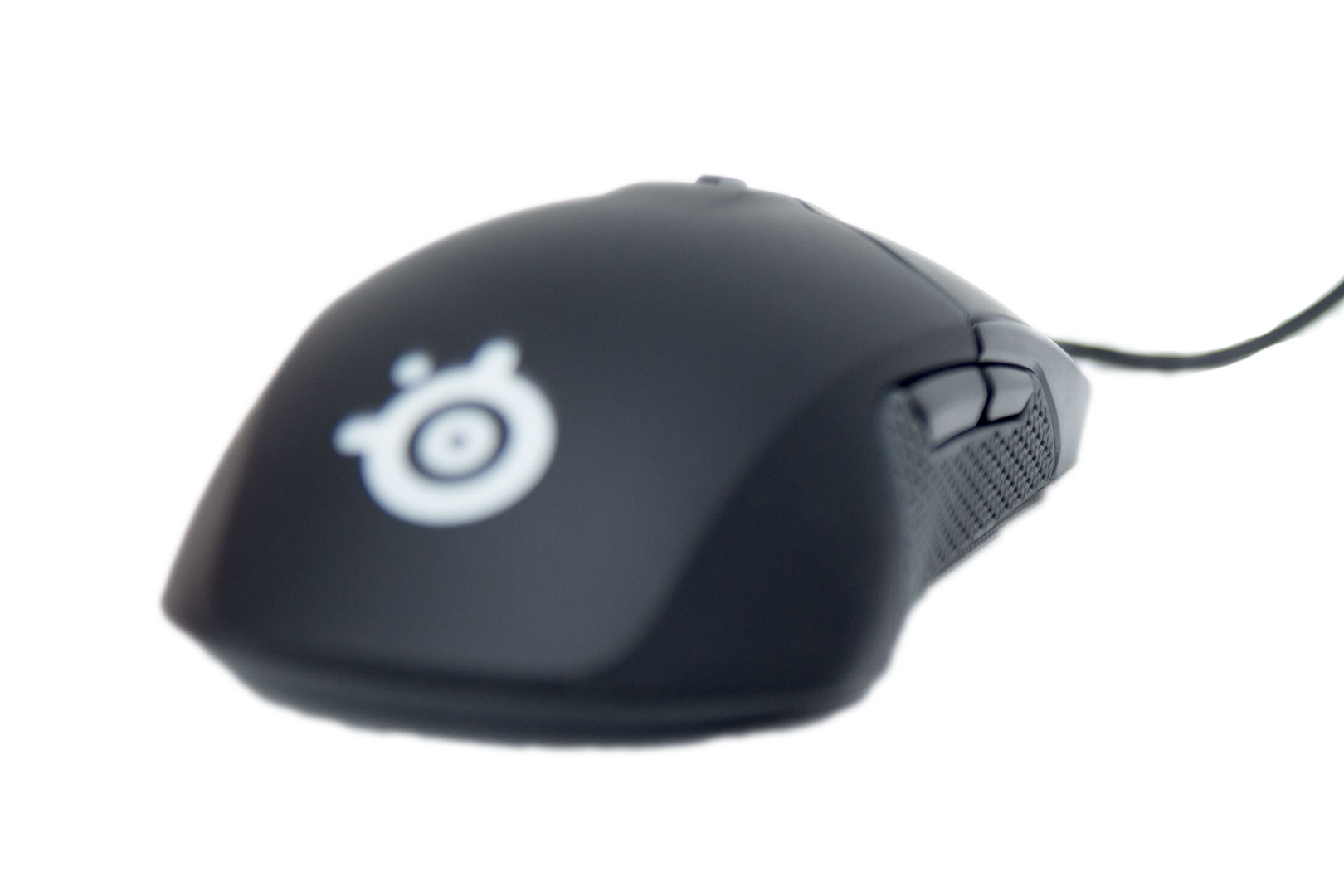
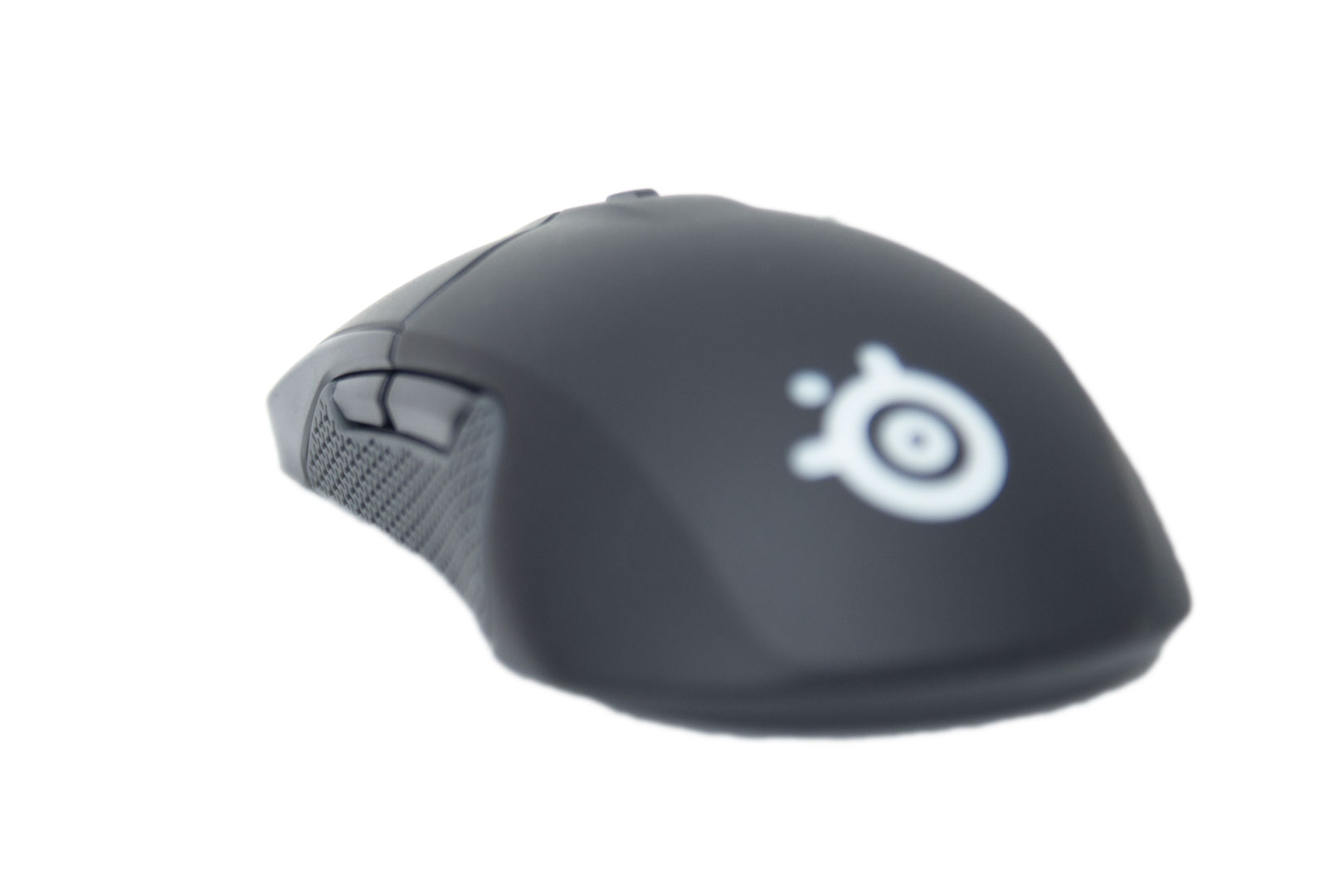
The contours along both sides of the mouse are there to make holding it comfortable for users regardless. The Sensei 310 weighs in at 92.1g, making it a good, medium-light weight.
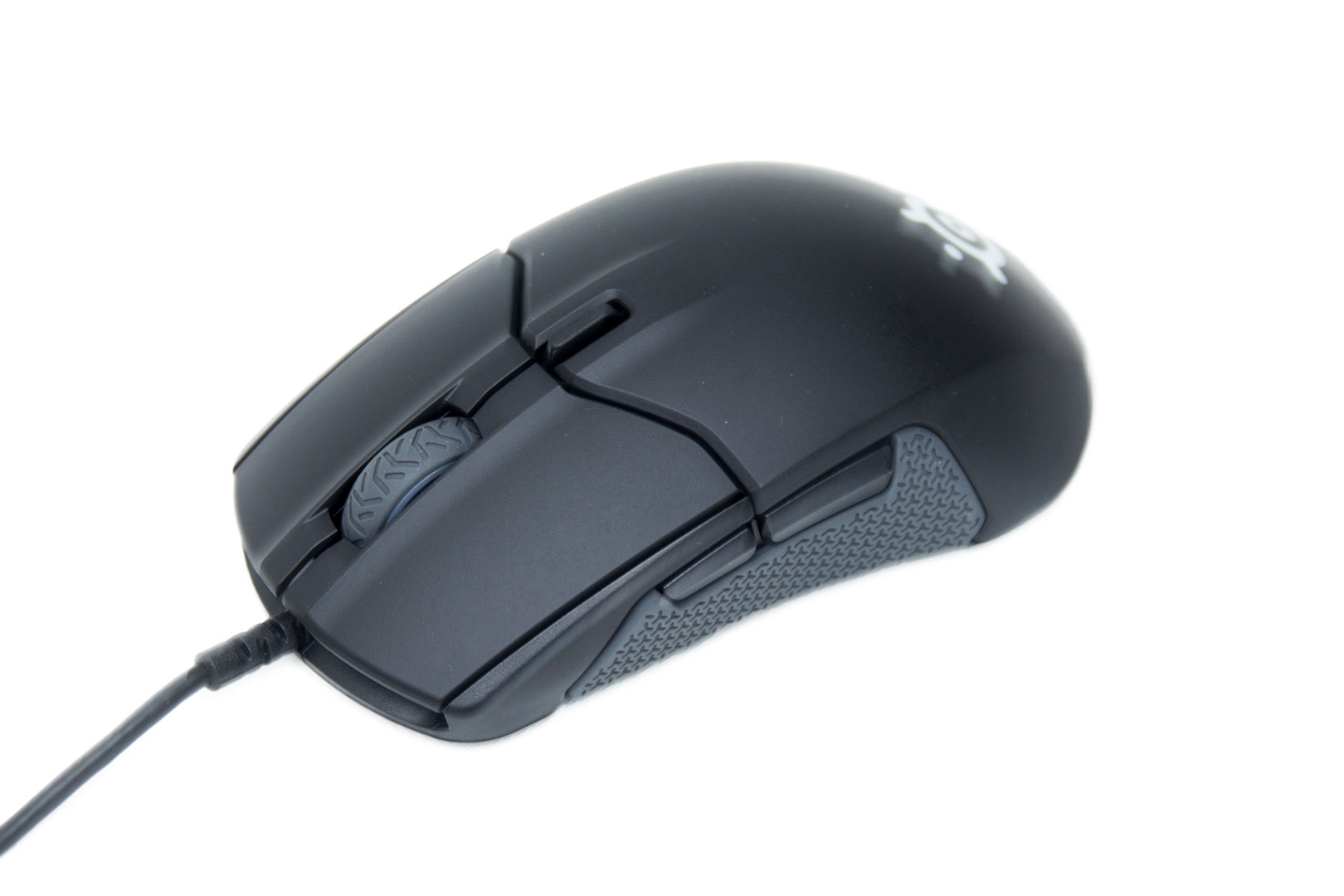
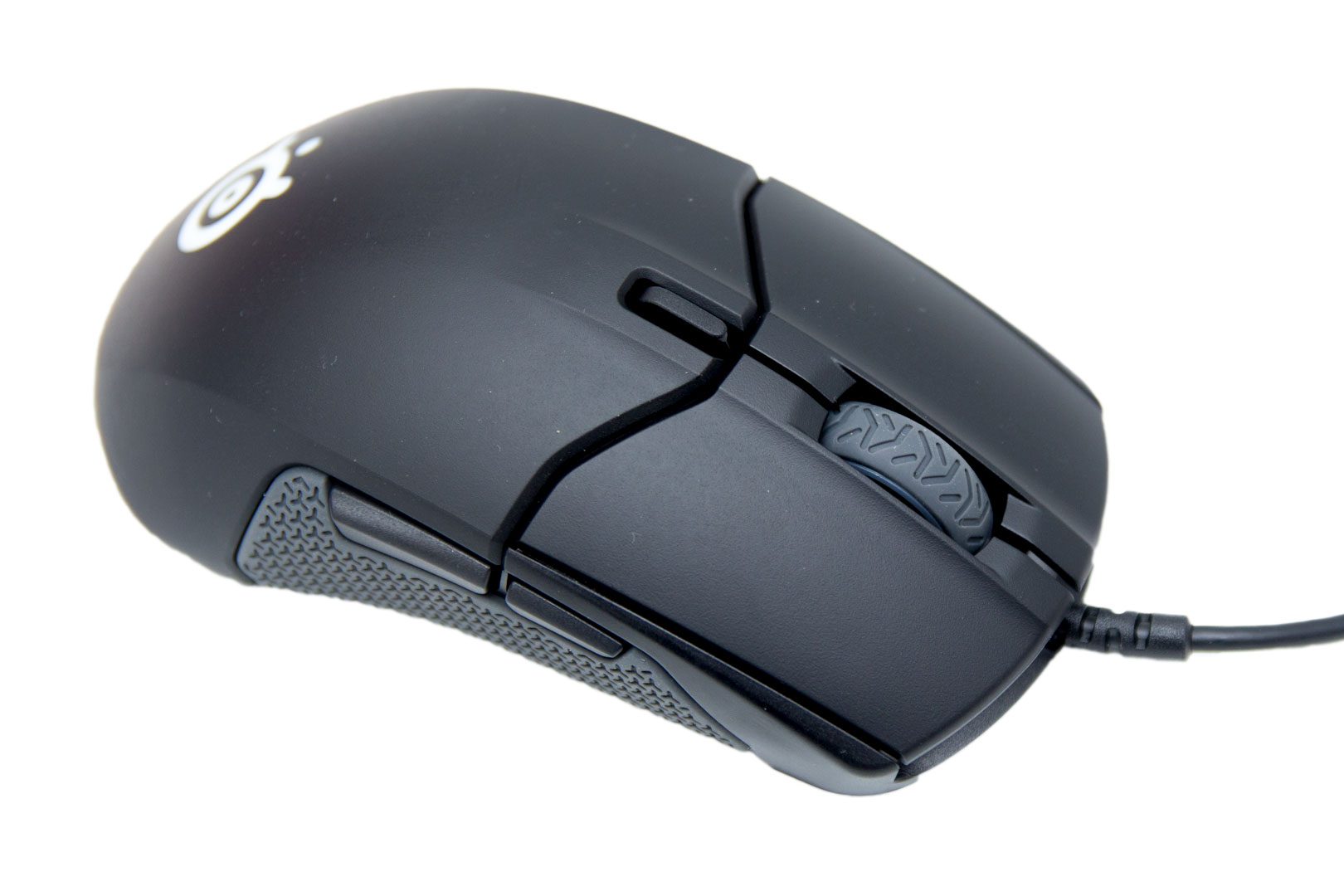
The Sensei 310 has a textured scroll wheel, and just behind that it has a button to switch between DPI settings. Unusually for me, there isn't anything that I dislike about the design of the Sensei at all; it fits my hand perfectly. This is, of course, a personal preference, and we understand that hand sizes and grip styles play a big part in the comfort of the mouse. I naturally use a palm grip with mice, but I do adopt fingertip and claw when playing certain games and reviewing, and this mouse complemented each grip perfectly fine.
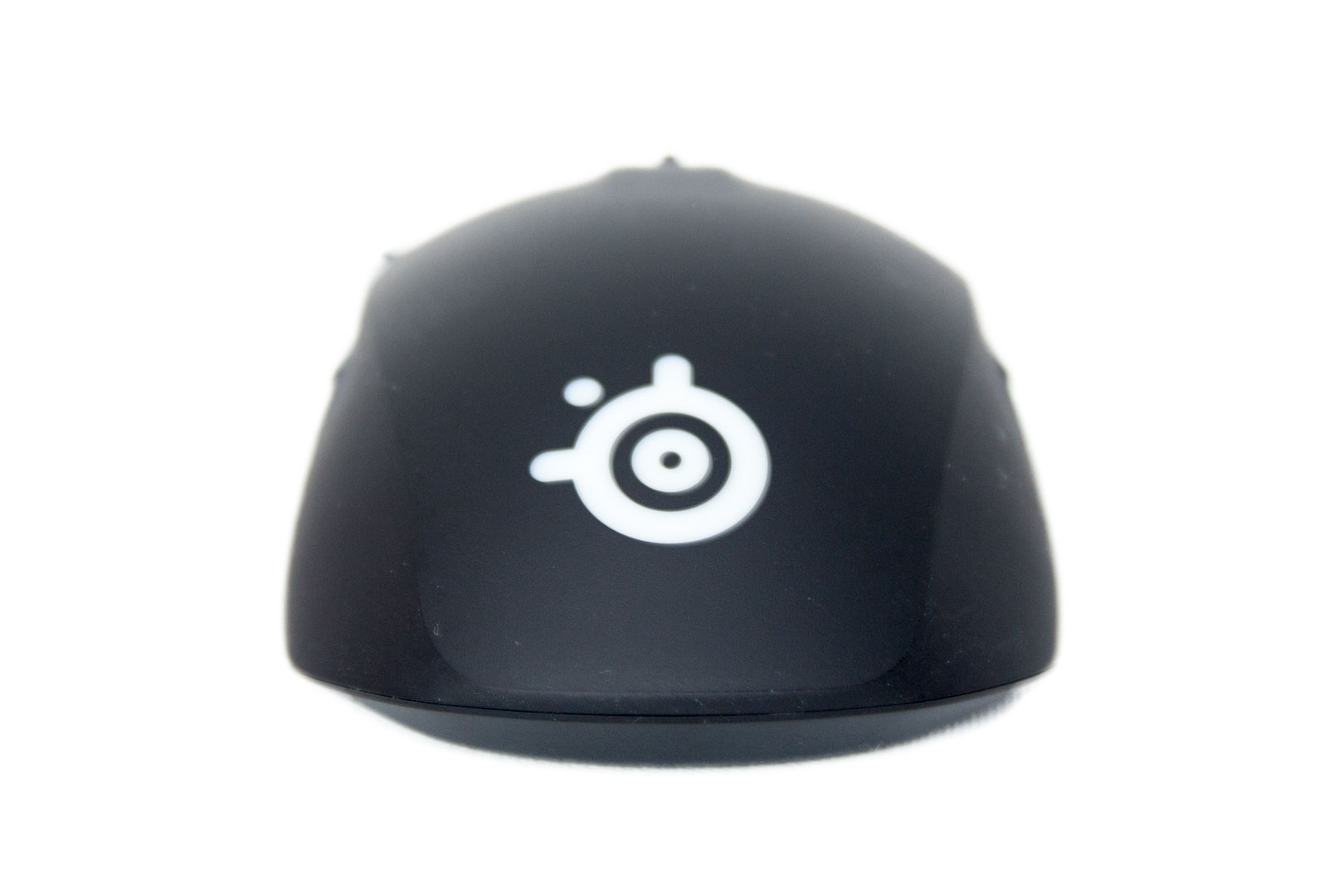
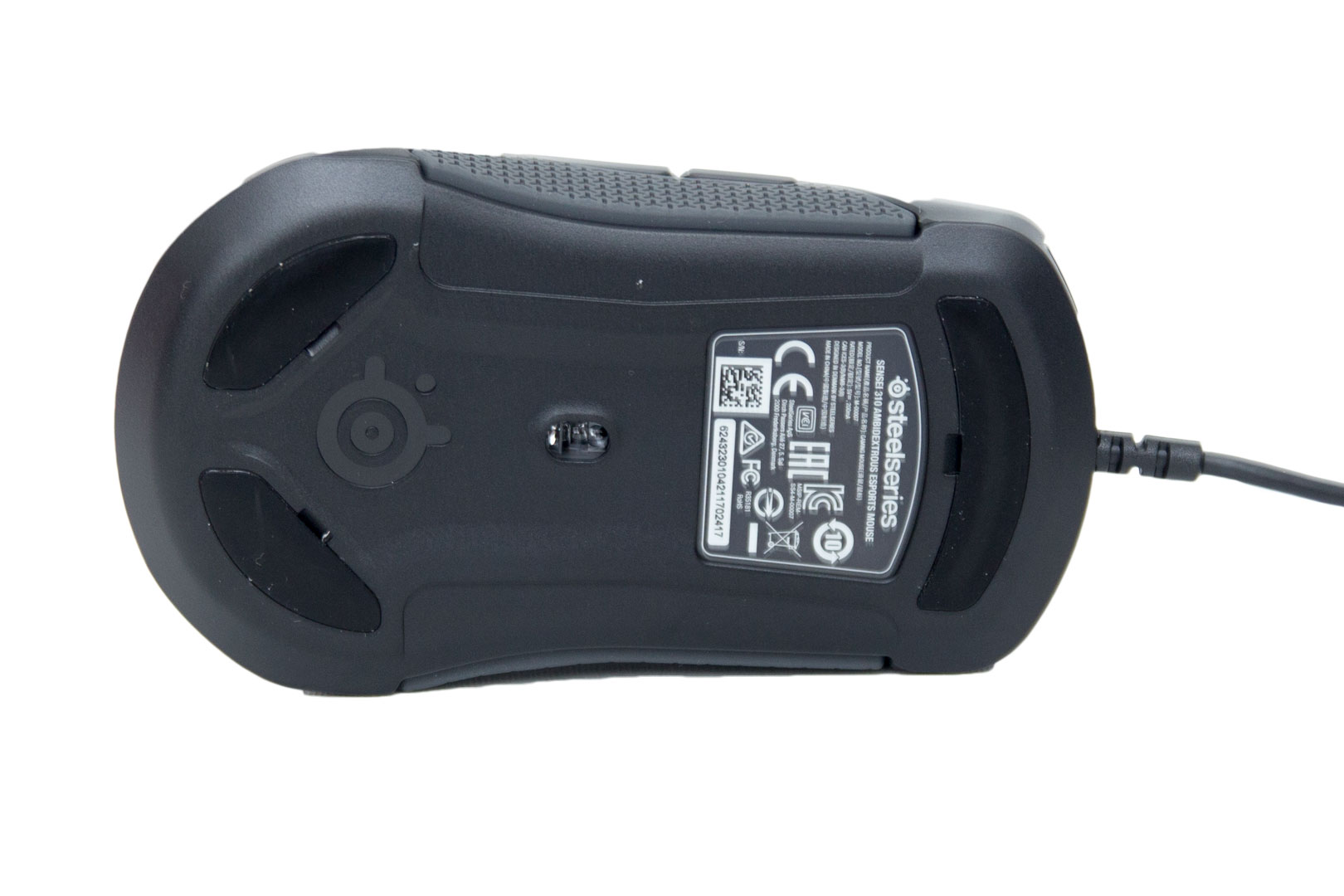
As it's ambidextrous, the rear of the mouse is symmetrical, it also features the SteelSeries logo which lights up. Taking a look at the underside of the Sensei, there are three skates to help it glide across your chosen surface. This mouse features a TrueMove3 sensor. This is a 12,000 DPI, 350 IPS optical sensor that has been created with PixArt. It features one-to-one tracking from 100 to 3,500 DPI (i.e. no built-in jitter reduction and thus less latency), and above this figure SteelSeries claims that it has still increased the sensor's accuracy and response times. There isn't really a way I can test this claim accurately, but using the mouse was a pleasure, and I didn't have any problems at all when using it.
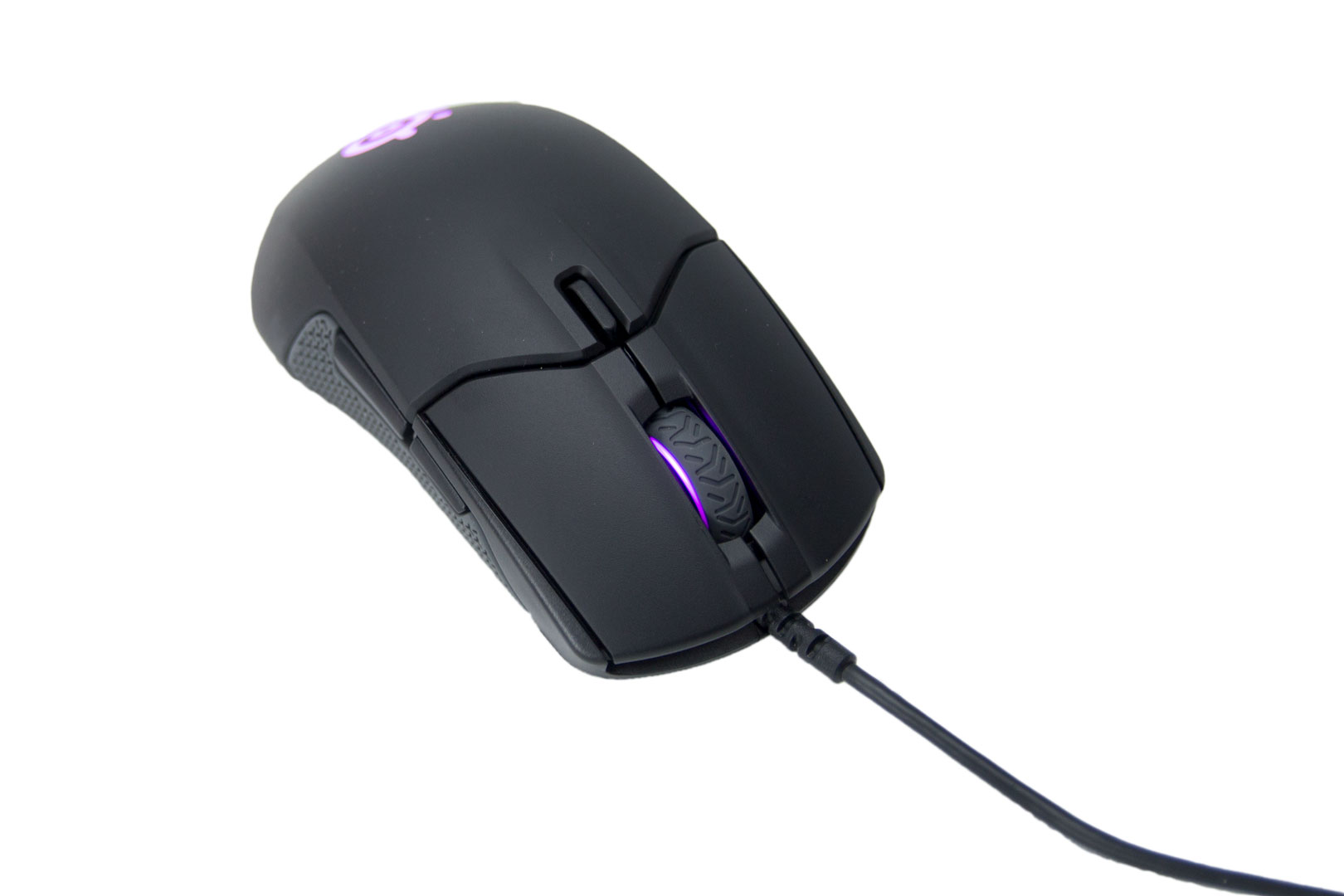
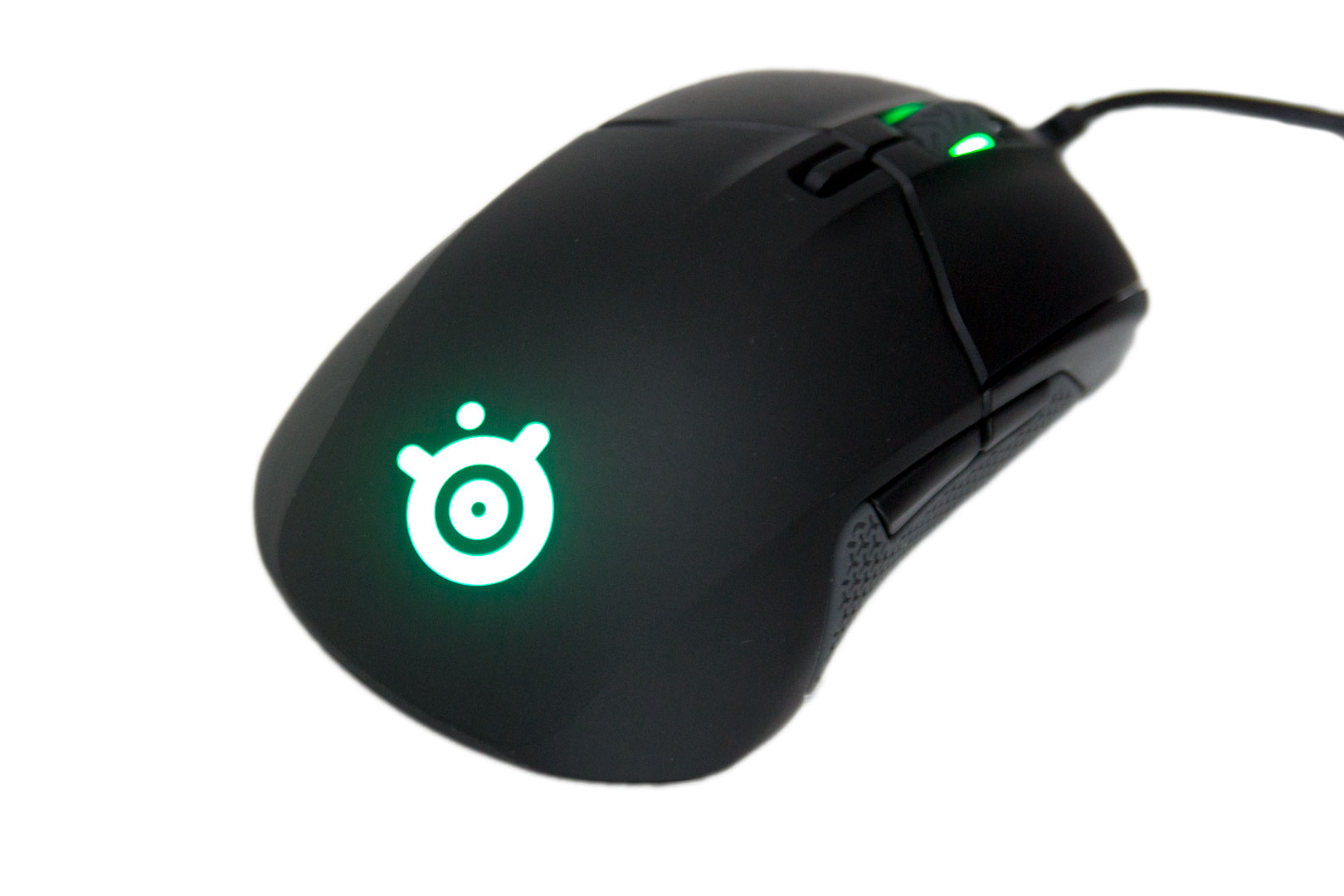
As we are in 2017, there is RGB lighting. On the Sensei 310, there are two RGB zones that can be independently changed: the scroll wheel and the rear logo. The RGB lighting is bright but not too distracting.
Rival 310 Hardware
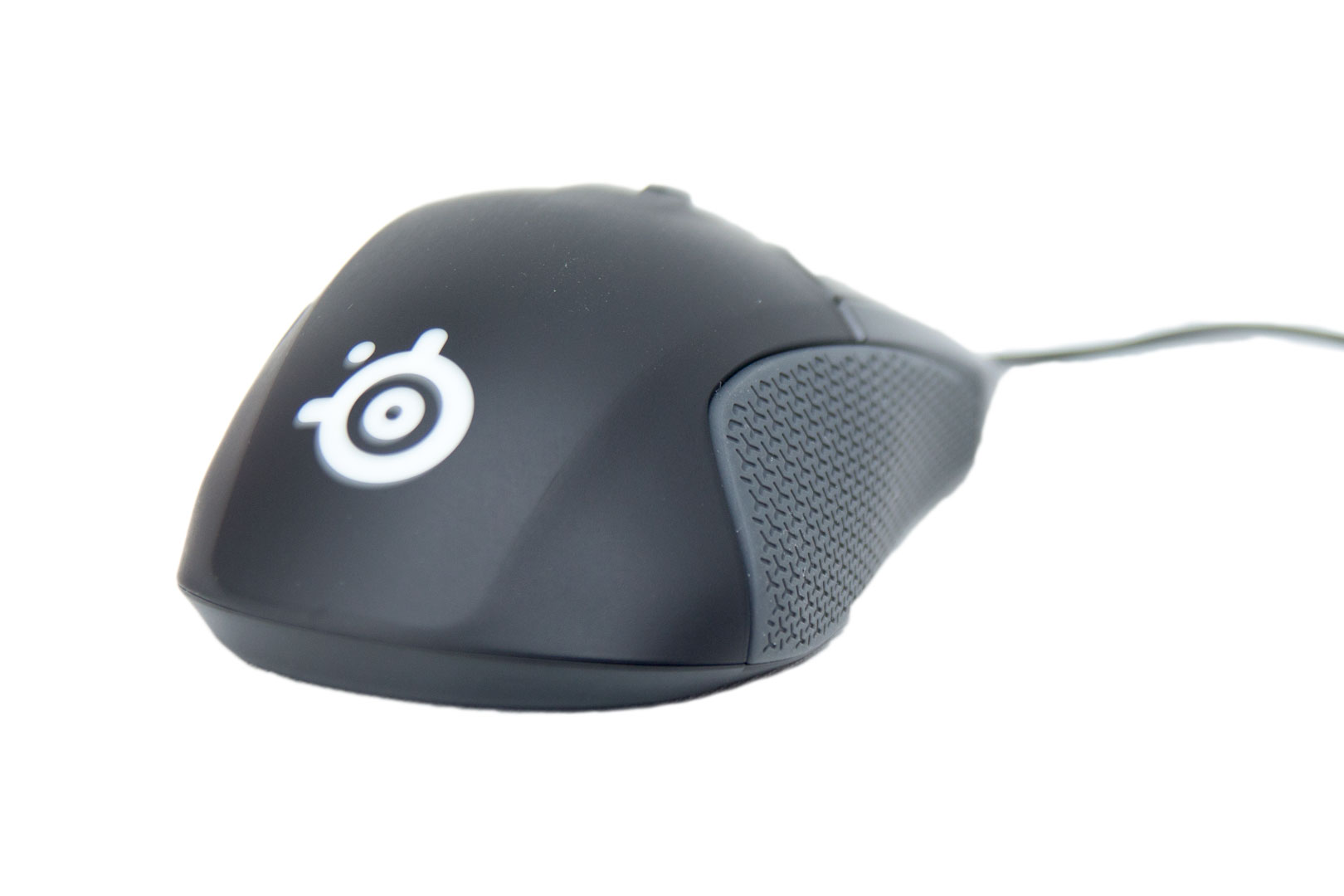
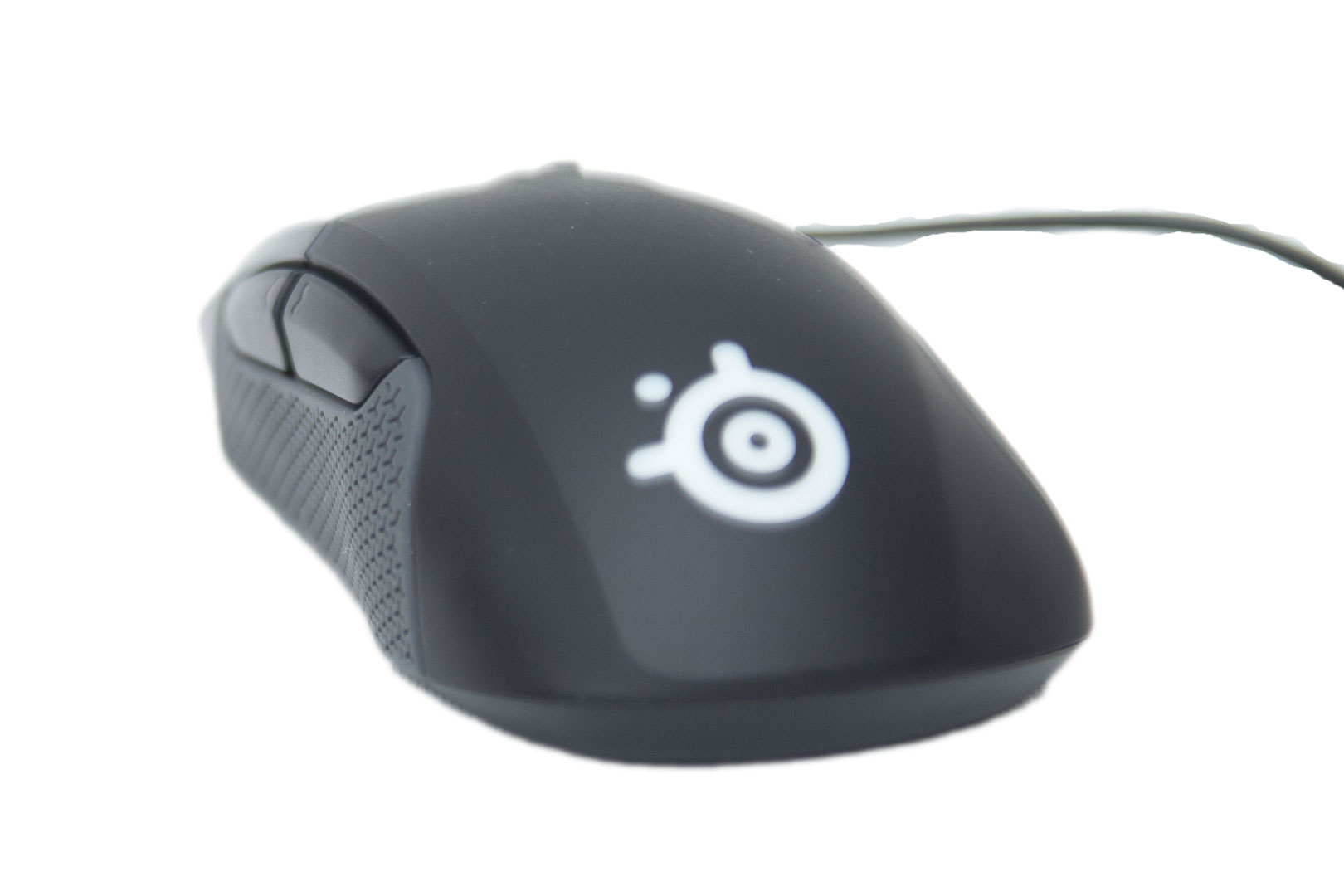
The Rival 310 is a little bit bigger than the Sensei and is shaped to fit the right hand like the rest of the Rival series. It weighs ever so slightly less than the Sensei 310 at 88g.
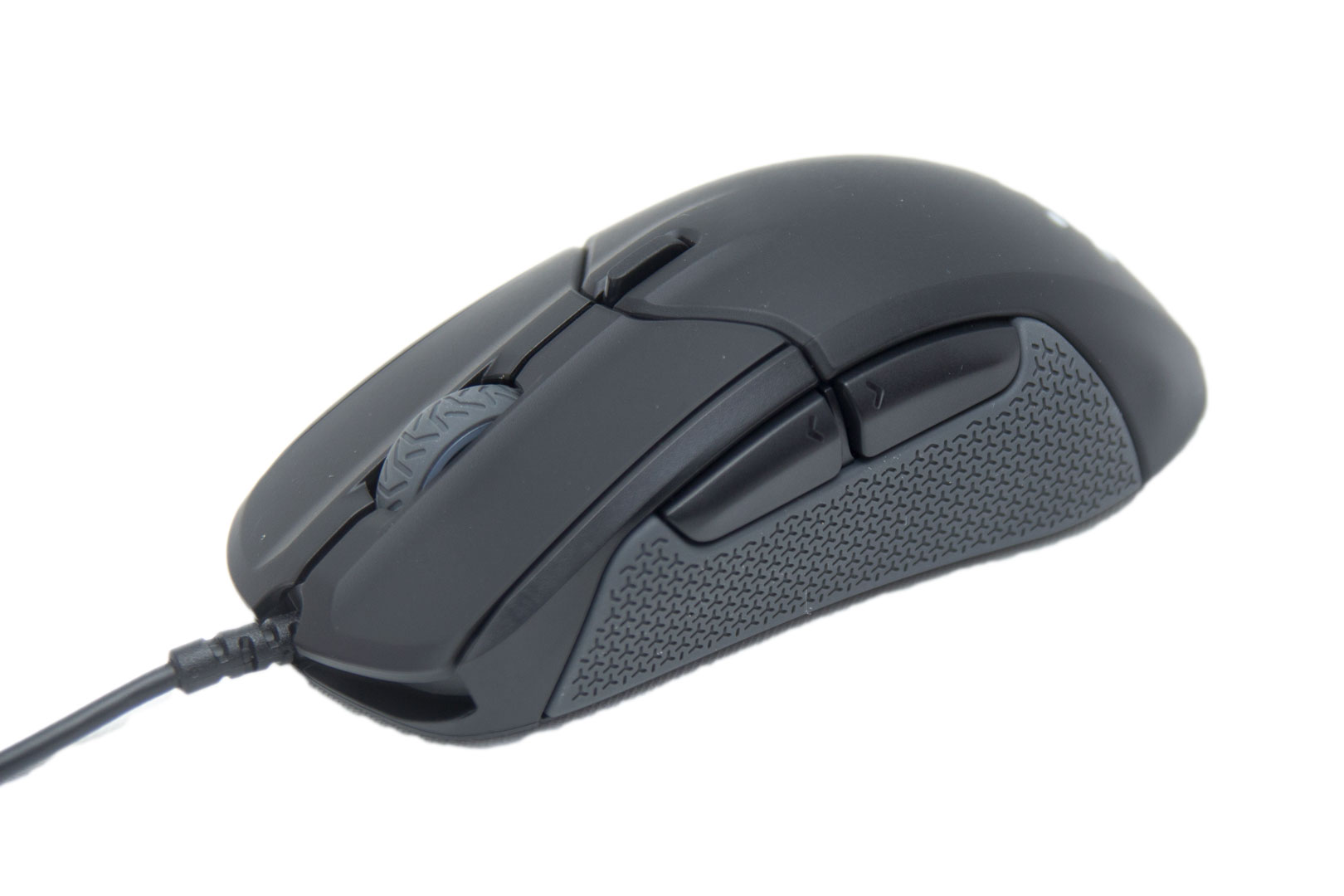
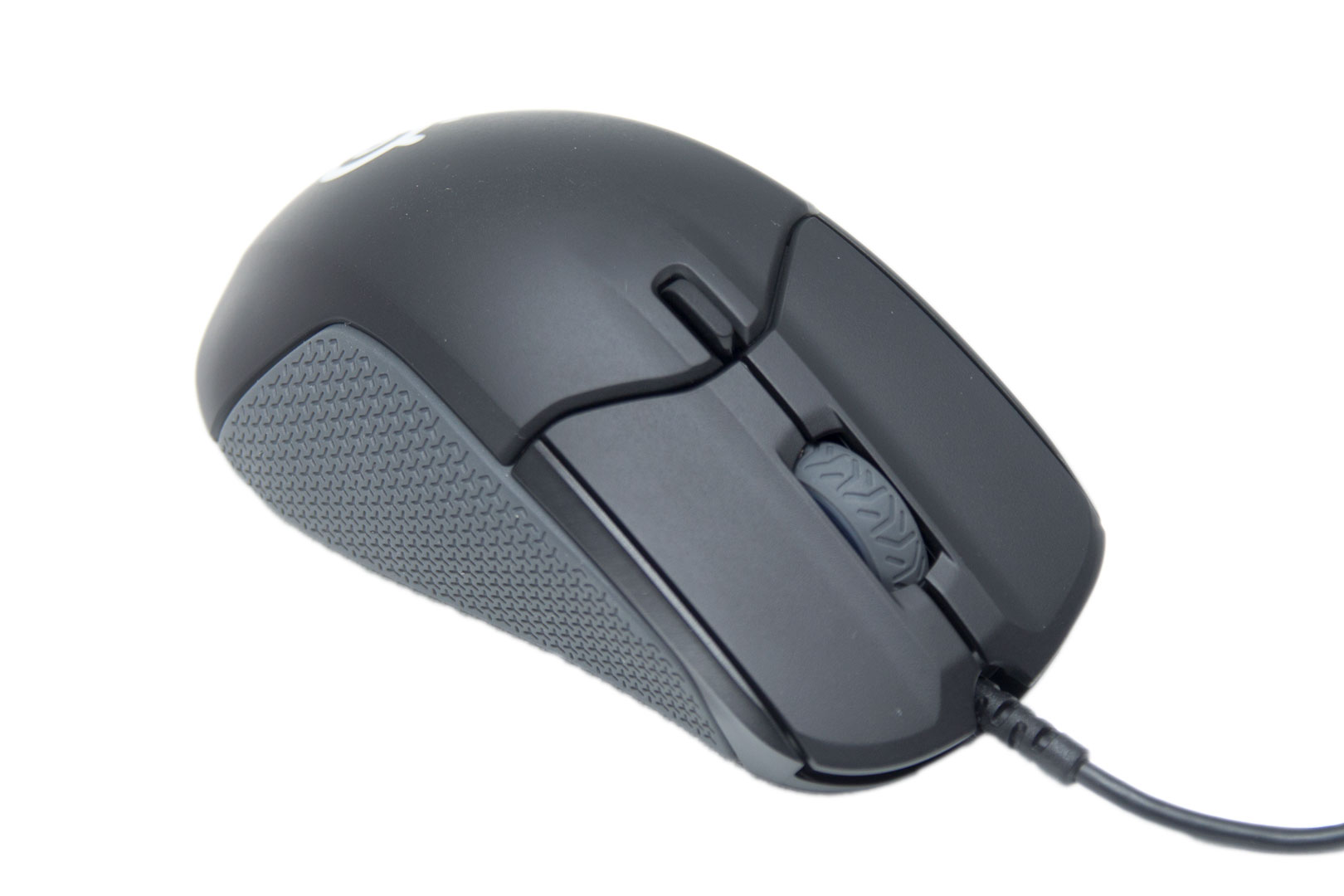
It has the same features as the Sensei, but due to the ergonomic design it doesn't have the side buttons on the right of it. Instead, it has a larger silicone grip to ensure comfort and to make sure it doesn't slip. Both mice feature Omron switches which have a satisfying click as well as being rated for up to 50 million clicks.
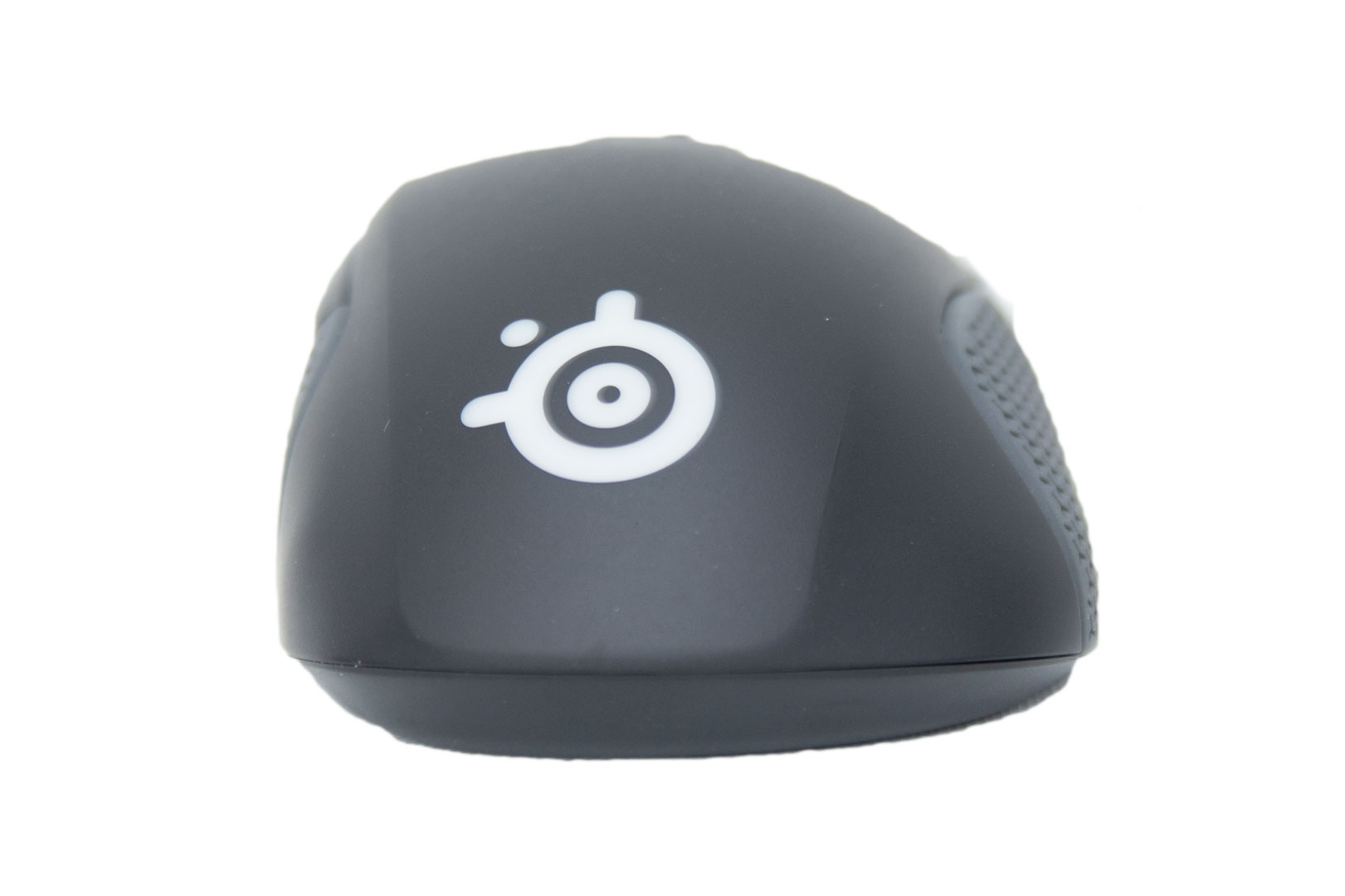
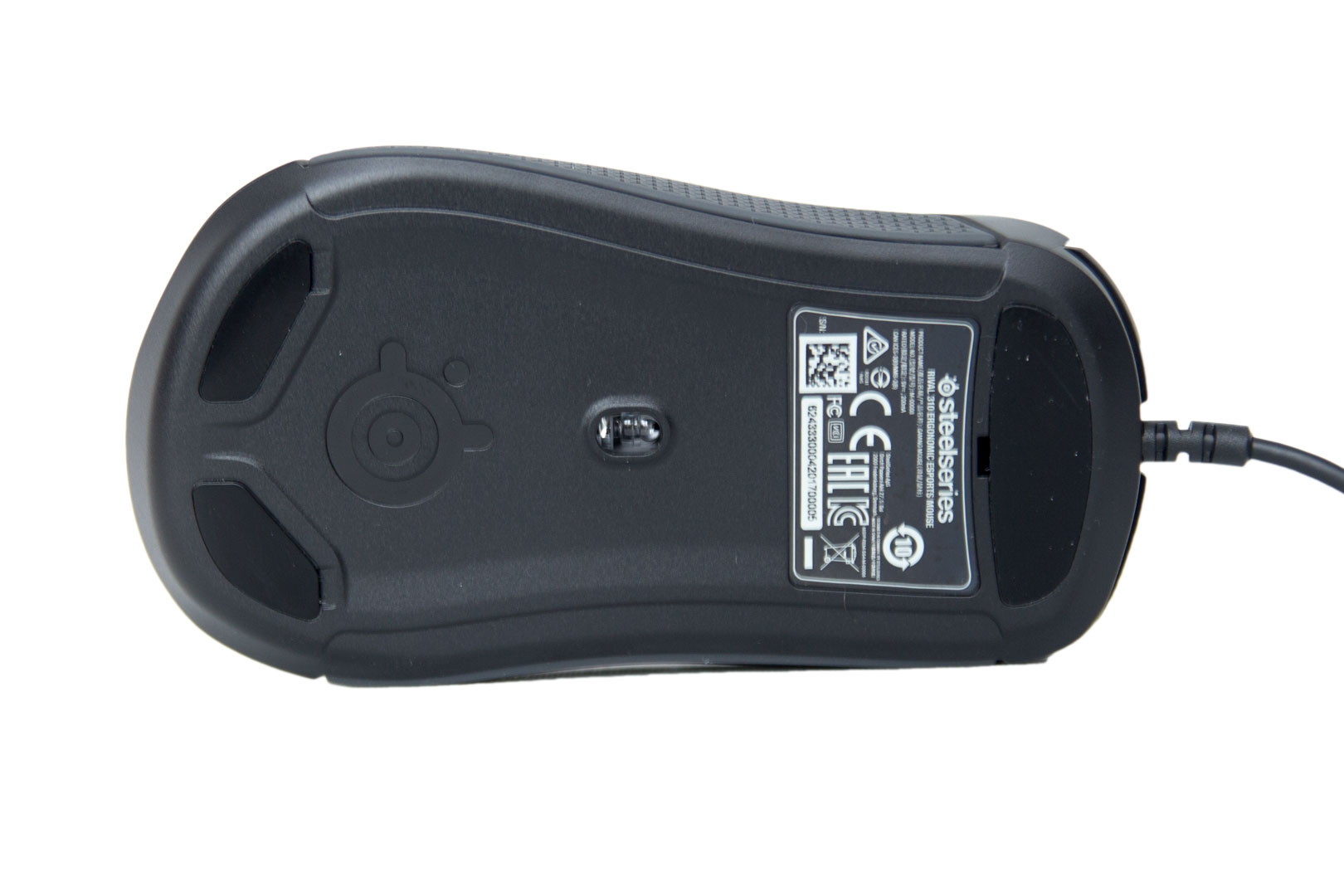
The rear of the mouse is a little more bulbous, but it isn't uncomfortable. I did prefer the shape of the Sensei, but I suspect larger-handed users would prefer this one. The underside of the mouse is very similar to the Sensei 310 and shares the TrueMove3 sensor and the associated one-to-one tracking technology as well as all the other features this sensor brings with it.
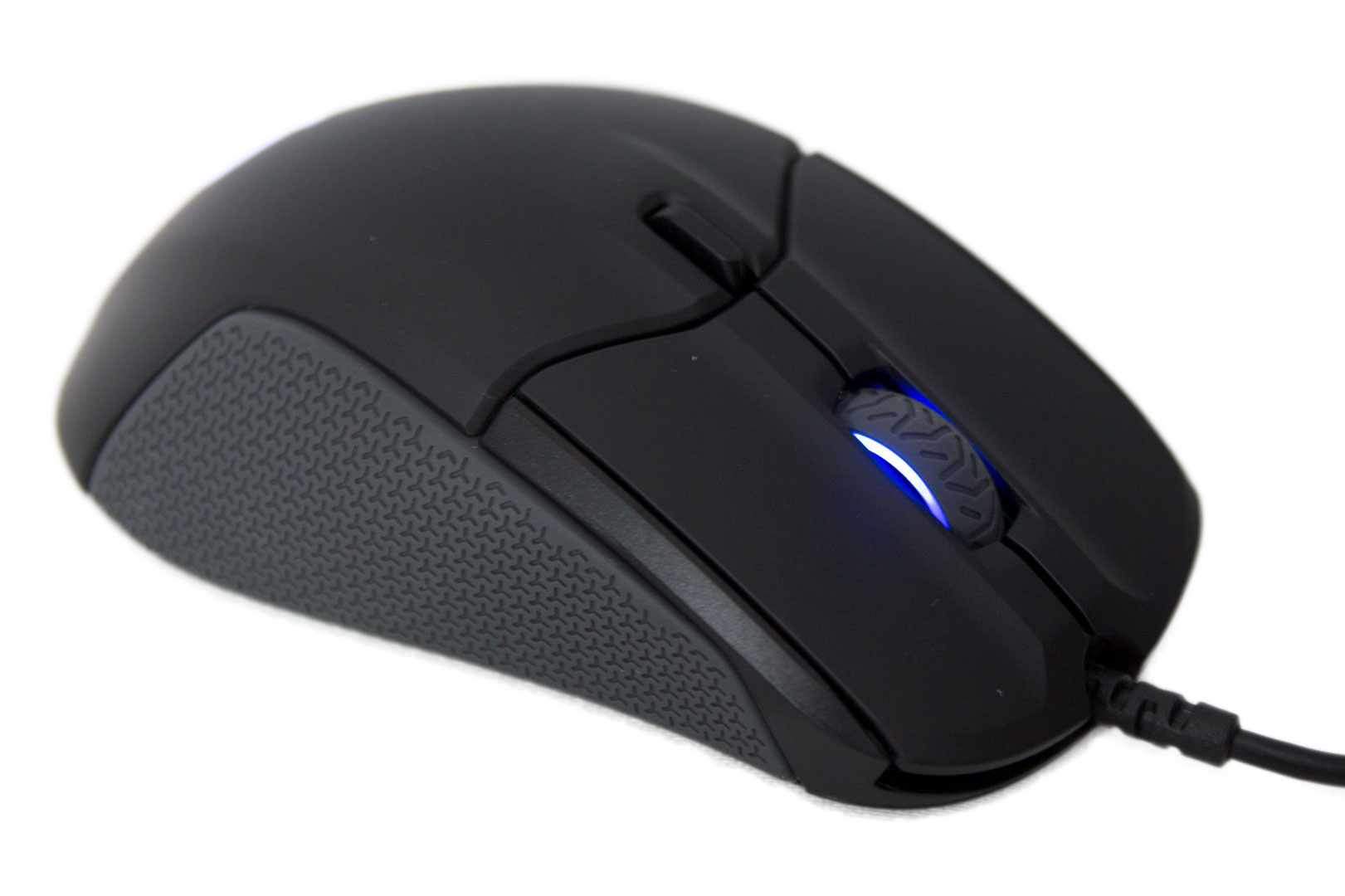
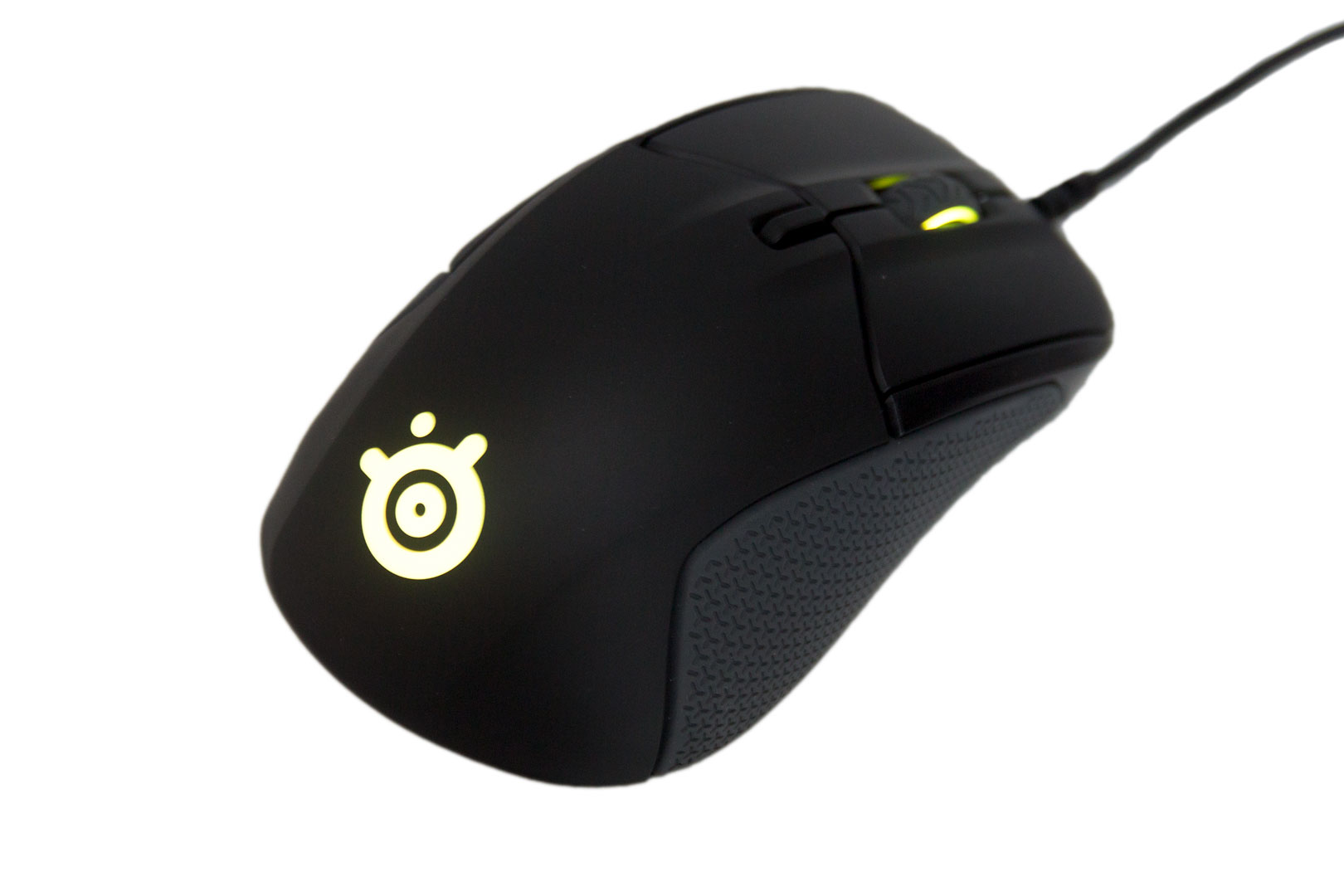
Again, like the Sensei 310, the Rival 310 features the same two RGB lighting zones.
We are really struggling to find anything at all wrong with the hardware. This is the beauty of keeping things nice and simple - there are far fewer things to be at fault. Both of these mice work with the SteelSeries Engine software, so let's take a look at that too.

MSI MPG Velox 100R Chassis Review
October 14 2021 | 15:04


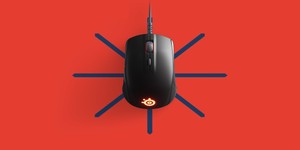
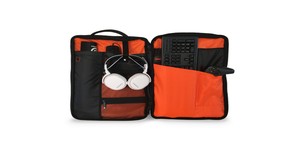




Want to comment? Please log in.